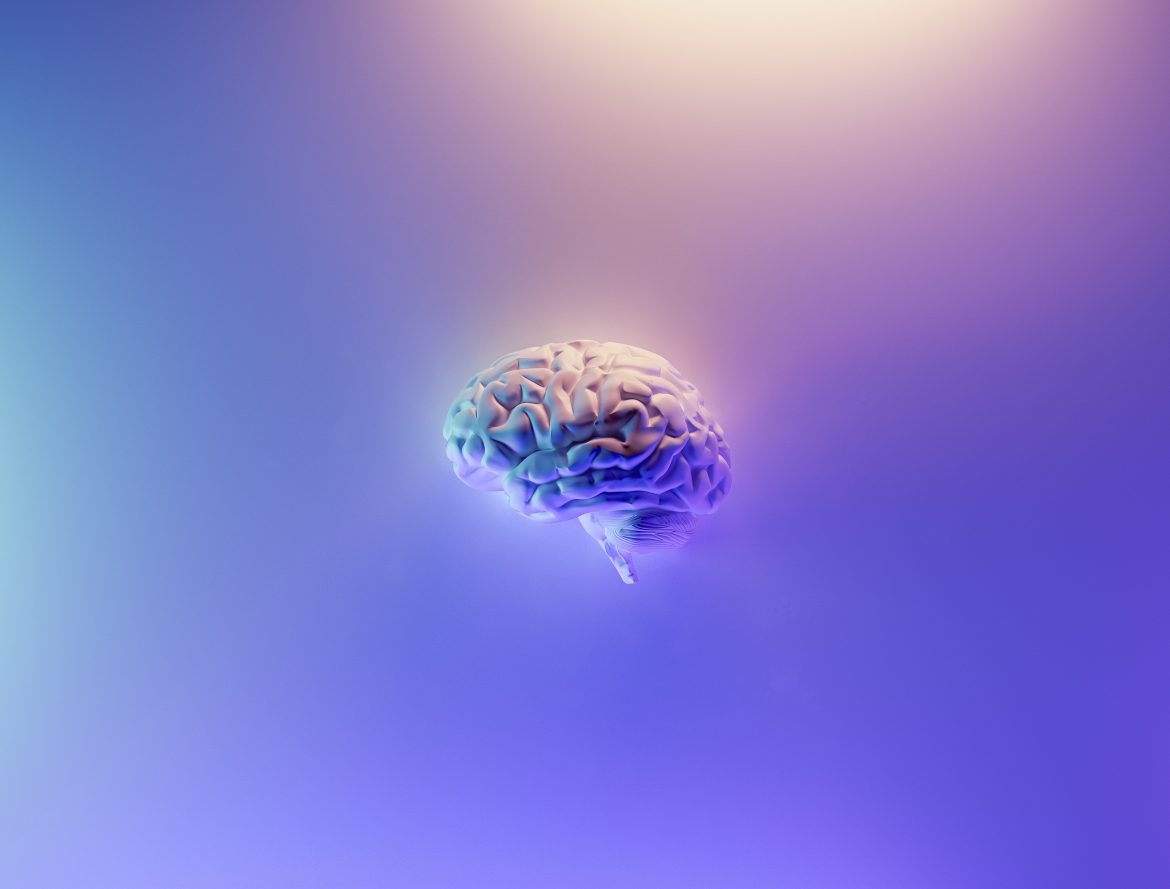Addiction is a chronic disease that affects millions of people worldwide, disrupting lives and communities. Understanding the neurobiology of addiction is crucial for developing effective treatments and support systems. This article explores how it impacts brain anatomy and function, shedding light on the underlying mechanisms that drive addictive behaviors. By examining the science behind it, we aim to provide a comprehensive overview that can help recognize the signs, understand the effects of addiction, and find appropriate treatment options. Whether you’re directly affected by it or seeking to support someone who is, understanding these aspects can be a valuable tool in the journey toward recovery and health.
What is Addiction?
Addiction is a complex condition characterized by the compulsive use of substances or engagement in behaviors despite harmful consequences. It involves substances like alcohol, drugs, and nicotine, as well as behaviors such as gambling, gaming, and even internet use. Unlike physical dependence, which involves tolerance and withdrawal, addiction encompasses a psychological component where the brain’s reward system is significantly altered. This alteration leads to persistent cravings and compulsive behaviors. The distinction is crucial for effective treatment, as addressing the psychological aspects of addiction requires a different approach than merely managing physical symptoms. Understanding the neurobiology of addiction helps in identifying appropriate interventions and support mechanisms for those who are struggling.
The Brain’s Reward System
The brain’s reward system plays a pivotal role in addiction. It includes key structures like the nucleus accumbens, ventral tegmental area (VTA), and prefrontal cortex. Dopamine, a neurotransmitter, is central to this system, acting as a chemical messenger that creates feelings of pleasure and reward. When a person engages in rewarding activities or uses addictive substances, dopamine levels surge, reinforcing the behavior and making it more likely to be repeated; over time, substances can hijack this reward pathway, making natural rewards less satisfying. This hijacking leads to an increased reliance on the substance or behavior to achieve the same pleasurable feelings, creating a cycle that is difficult to break without intervention.
Changes in Brain Anatomy
Prolonged substance use leads to significant structural changes in the brain. One of the most affected areas is the prefrontal cortex, responsible for decision-making, impulse control, and executive functions. Damage to this area impairs an individual’s ability to make rational decisions and resist impulses. Additionally, the hippocampus, which plays a critical role in memory and learning, also suffers damage. This can lead to difficulties forming new memories and recalling past events, further complicating recovery efforts. These structural changes can be long-lasting, affecting an individual’s cognitive and emotional functioning even after they stop using the substance. Understanding these changes underscores the need for comprehensive treatment approaches that address both the physical and psychological aspects of addiction.
Caption: Understanding the neurobiology of addiction and how it impacts the brain helps develop necessary treatment approaches.
Neurobiology of Addiction: Functional Alterations in the Brain
Addiction not only changes the brain’s structure but also its function. Neurotransmitter activity and brain circuits related to stress, reward, and self-control are significantly affected. For instance, the balance of neurotransmitters like dopamine and glutamate is disrupted, leading to altered mood, behavior, and cognitive function. Neuroplasticity, the brain’s ability to adapt and reorganize itself, plays a role in these functional changes. While neuroplasticity can lead to negative adaptations that reinforce addictive behaviors, it also offers hope for recovery. According to research from the National Institute on Drug Abuse, chronic drug use results in significant changes to brain circuits involved in reward, stress, and self-control. Through targeted therapies and interventions, the brain can form new, healthier connections that support sobriety and improved mental health. Recognizing these functional alterations helps in designing treatment plans that promote long-term recovery and brain healing.
Risk Factors and Vulnerability
Several factors contribute to the risk of developing addiction, including genetic, environmental, and psychological elements. Genetics can play a significant role, with some individuals being more predisposed to addiction due to their family history. Environmental factors, such as exposure to substance use at an early age, peer pressure, and stressful life events, also contribute to vulnerability. Mental health issues, such as anxiety, depression, and trauma, increase the likelihood of substance use as a coping mechanism. Early exposure to substances during critical periods of brain development can disrupt normal growth and increase the risk of addiction. Understanding these risk factors is essential for prevention and early intervention, helping to identify individuals at higher risk and providing them with the support they need.
Caption: Exposure to alcohol or other substances from an early age can contribute to the development of addiction later in life.
Various Treatment Approaches
Effective addiction treatment requires a multifaceted approach addressing both physical and psychological aspects. Here are the primary levels of care in addiction treatment:
- Inpatient Treatment: Provides 24-hour supervision and intensive care in a residential setting. Patients receive comprehensive support, including medical detox, therapy, and counseling, ensuring a safe environment for recovery.
- Partial Hospitalization Programs (PHP): Offers intensive treatment during the day while allowing patients to return home at night. A partial hospitalization solution provides a high level of support without full-time hospitalization, bridging the gap between inpatient and outpatient care.
- Outpatient Treatment: Patients live at home and attend scheduled therapy sessions. This flexible approach is suitable for those with milder addictions or as a step-down from more intensive treatment.
Additionally, behavioral therapies, like cognitive-behavioral therapy (CBT) and motivational interviewing, help change addictive behaviors. Medication-assisted treatment (MAT) combines medications with counseling to treat substance use disorders, manage withdrawal, and reduce cravings. These programs provide personalized treatment plans and strong support systems, which are crucial for long-lasting recovery.
Of course, comprehensive plans often include support groups, family therapy, and holistic approaches like mindfulness and exercise. By addressing diverse needs, these plans support long-term recovery and well-being. PHP is particularly effective for those needing significant support but not requiring 24-hour supervision, facilitating a smooth transition from inpatient care to independent living.
Caption: Group therapies, support groups, and partial hospitalization are just some of the many various treatment approaches for addiction.
Recovery and Brain Healing
The brain’s ability to heal from addiction is remarkable. With proper treatment and support, individuals can recover and regain normal brain function. Neuroplasticity allows the brain to form new connections, helping to repair the damage caused by addiction. Long-term support, such as ongoing therapy, support groups, and lifestyle changes, is crucial for maintaining sobriety. Success stories of individuals who have overcome addiction highlight the brain’s resilience and the effectiveness of comprehensive treatment approaches. By fostering a supportive environment and providing the necessary tools, individuals can achieve lasting recovery and improved mental health. This process underscores the importance of continued care and community support in overcoming addiction.
Conclusion
Understanding the neurobiology of addiction is key to developing effective treatments and support systems. By recognizing how it impacts brain anatomy and function, we can create better treatment plans tailored to individual needs. If you or someone you know is struggling with this issue, it’s essential to seek help and explore all available treatment options. Recovery is possible with the right support, and understanding the science behind it can be a powerful tool in achieving lasting health and wellness.
Written by [email protected]






